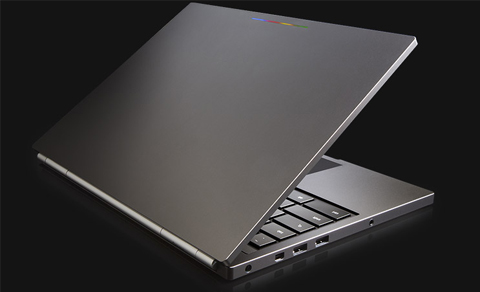We’ve theorized about this before but the idea wasn’t fully complete yet. Android is growing faster than ever, while Chrome OS is just starting to gain traction albeit still slow. What’s the connection? Well, it feels like Android is trying to get ready for the Desktop, slowly and still open to debate, but let’s discuss it shall we?
Just recently, Andy Rubin stepped down as the one in charge of Android; and Sundar Pichai, Chrome/App Head, took over. This development opened a lot of doors for the future of Android and Google as a whole.
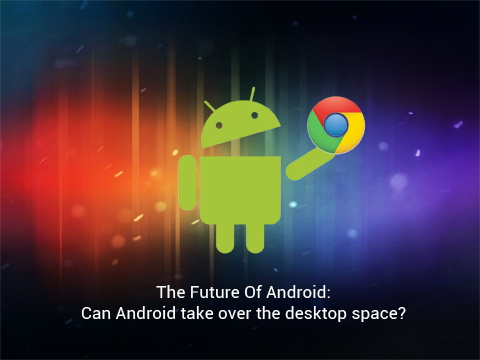
…it’s a great step for Google entering the laptop business. Maybe this is the push Chrome OS needs.
Google introduces Chromebook Pixel, 2560×1700 laptop
Google became serious in the notebook business with the Chromebook Pixel — and so far, it managed to get a lot of good reviews and impressions across the internet, except for one thing — the platform. Chrome OS is basically the same Chrome browser fitted into an independent operating system and it isn’t really the most practical OS to use on a laptop since it’s heavily based on the Cloud.

However, if you look at Chrome years ago, it was barely noticed since the browser wars were all about Internet Explorer, Firefox and the rest. Look at it now, the growth spurt is evident, so we guess developing Chrome OS and Chromebooks is the next logical step for Google.
The market is currently experiencing massive shifts. In the past 2 years, the mobile industry has grown while the desktop market declined. Microsoft adapted touch into Windows 8 while, like we said, Chrome OS is starting to gain its ground through the also touch-enabled Chromebook Pixel and others like the $250 Samsung Chromebook. Include the report that Google Now will be making its way to Chrome and it all adds up.
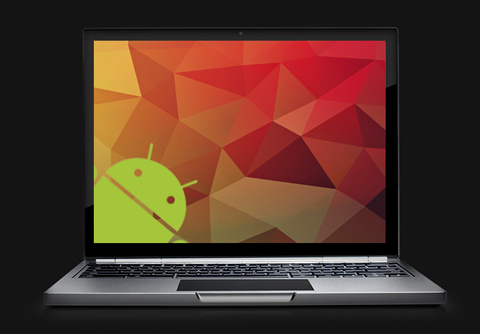
Android is one of the stories you may have heard over and over again, but its road to success was not without resistance. When they aimed at the tablet space, it was a major miss. Honeycomb wasn’t prepared at all for the market. Ice Cream Sandwich tried to fix that by merging both tablet & phone UIs, and it partly succeeded — to be followed up by further improvements with Jellybean.
Now, hypothetically, let’s look at the market Android is creeping into — the desktop market. Seen below through StatCounter, Mac OS X is still on the minority and Windows 8 adoption rate is still on the slow side in a world dominated by Windows 7. Chrome OS won’t make a dent here anytime soon but think about it: Windows 8 is on shaky grounds still and Windows 7 is surely about to decline soon.
Windows 8 can grow once Windows 7 users are forced to upgrade. The question is, do they want to upgrade? Well, if you think about it, it is debatable and too early to tell – but adoption rate is still quite slow though. According to BGR, Windows 8 has gotten a market share of 1.09% in November, 1.72% in December and 2.26% in January.
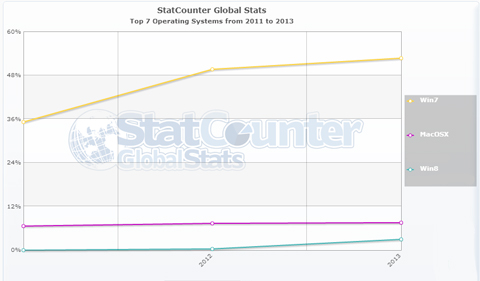
We always get this argument that nothing can ever overpower Windows’ dominance, but maybe Microsoft is getting too complacent. Android has started supporting x86 processors quite some time ago, has great file management and has a growing ecosystem. It has all the things it needs to compete with Windows – safe for those .exe files, drivers and hardware support (printers, peripherals & etc.) that the consumer needs, but once developers start believing in it, they will follow anyway.
Server market is also on the huge. It’s going to be hard to challenge Microsoft in this area – even harder if you attempt to overthrow them – but Google could have their eyes set on the prize anyway as they really have a heated relationship with the Redmond giant, seen through their actions (dropping Exchange ActiveSync, not supporting Windows Phone with Google apps).
Of course, these things won’t happen immediately. It will take time since Android can’t even maximize 10-inch screens just yet. Microsoft needs to be on a lookout, since it has a lot to defend and protect against Google. Android can simply merge with Chrome OS anytime soon, just like how it absorbed both phone and tablet operating systems.
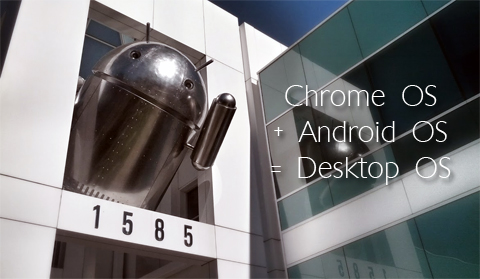
Google’s Eric Schmidt stated in a recent report by Reuters that they will remain separate entities and rather, they will only have commonalities as time passes. That could rule out the merging part for the foreseeable future, but that doesn’t necessarily mean Android won’t go desktop. Besides, it can take a decade before it could completely materialize.
All clues point to this road. Google already has an Android statue made out of Chrome for the world to see (though that confirms nothing). Is timing & polishing the only thing holding back the potential Android desktop OS?
The post Can Android take over the desktop space? appeared first on YugaTech | Philippines, Tech News & Reviews.

